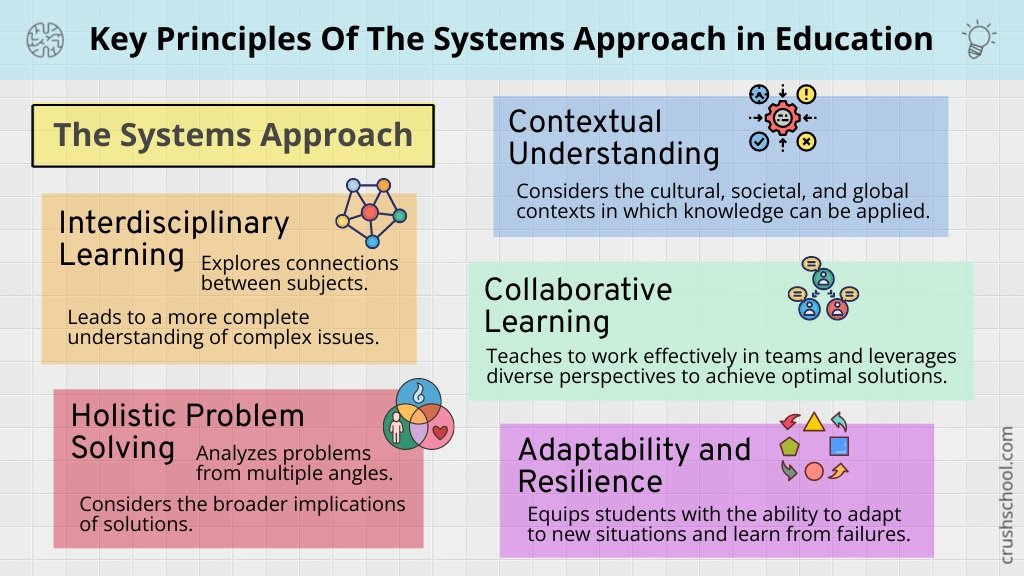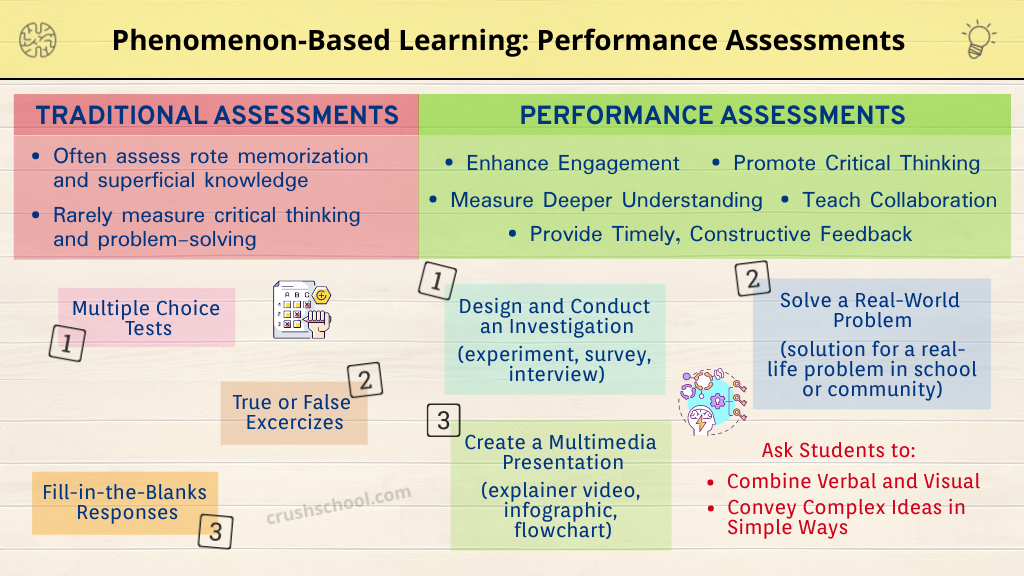AI for Teachers: Using Artificial Intelligence to Enhance Learning
Whether we like it or hate it, want it or resist it, embrace it or repress it, Artificial Intelligence is here to stay. On one hand, the uncertainty AI brings with it is scary. On the other, AI has the potential to transform traditional education - it can make learning more personalized, efficient, and engaging for our students. But to harness its full potential, educators and institutions must carefully consider how to best integrate AI into the classroom. This article is an exploration of the key ways in which AI can (and already is being used to) enhance learning.
Personalized Learning
One of the most promising aspects of AI in education is its ability to create personalized learning paths for each student. AI algorithms can analyze students' strengths, weaknesses, and learning styles based on their performance and adapt the curriculum accordingly. AI driven personalization enables educators to both challenge and support their students, which ultimately leads to improved learning outcomes for all.
You may already know and use such platforms in your teaching.
Khan Academy is a well-known online learning platform that uses adaptive learning technology and offers personalized math and science instruction to students of all ages, adjusting the difficulty of exercises based on individual performance.
DreamBox and Carnegie Learning are adaptive math programs for students that use AI to adapt to each student's skill level and learning style, providing a customized learning path.
Duolingo is a language-learning app that incorporates AI to personalize language instruction. It adapts lessons based on a student's progress and adjusts difficulty levels to optimize learning.
Intelligent Tutoring Systems
Intelligent Tutoring Systems (ITS) powered by AI are like having a virtual tutor available 24/7. These systems can provide students with immediate feedback, answer their questions, and offer additional resources for further learning. ITS can be particularly useful in subjects where students may require extra help, such as mathematics or language learning. You may already know and use such platforms in your teaching.
Besides the aforementioned Khan Academy et. al., the platforms such as SMART Learning Suite (customized lessons and assessments), ScribeSense (grading and providing feedback on handwritten assignments), and Pearson MyLab (adaptive assessments and feedback) are other examples of AI-driven Intelligent Tutoring Systems. As AI technology continues to advance, we can expect even more innovative and personalized learning solutions to emerge.
Automation of Administrative Tasks
Grading assignments and communicating with students and parents is time consuming. AI can automate these routine tasks, freeing up teachers' valuable time for more critical activities, like lesson planning, engaging with students, and professional development. Many private sector companies already use AI for such tasks. Why should education be different?
Enhancing Lesson Planning
By analyzing the Internet database of educational materials, AI algorithms can recommend relevant content, teaching strategies, and activities tailored to the learning objectives and the specific needs of the students in the classroom. This can help teachers deliver more engaging and effective lessons. Artificial Intelligence can also be used to provide examples for key concepts studied, real-life phenomena for research, and topics for student projects.
Data-Driven Decision-Making
AI can provide educators with valuable insights through data analytics. By tracking students' progress, engagement, and performance, AI can help teachers identify areas where students may be struggling and adapt their teaching strategies accordingly. Moreover, it can assist schools in making data-driven decisions regarding curriculum improvements and resource allocation.
Assessing Student Engagement and Emotions
Understanding how students are feeling and engaging during lessons is crucial for effective teaching. AI can analyze facial expressions, behavior, and sentiment to gauge students' emotional states and level of engagement. Teachers can use this information to adjust their teaching methods, provide additional support, or introduce more engaging activities. If this sounds too sci-fi for you sit down, take a deep breath, and accept the weird outrageousness of it all.
Accessibility and Inclusion
AI can play a significant role in creating an inclusive learning environment. For example, it can provide real-time language translation to assist ELL students, offer accessibility features for students with disabilities, and even adapt content for students with varying learning styles and abilities.
So What Does it all mean?
Artificial Intelligence is changing education. Teachers can focus on preventing students from using AI to cheat or harness its power to create more personalized and effective learning experiences for students. It’s important to remember that successful AI integration requires careful planning, training, and consideration of ethics. When used thoughtfully, AI has the potential to revolutionize education - to make it more accessible, engaging, and tailored to the needs of individual learners. AI is not coming - it’s already here and embracing it in the classroom helps us prepare students for the challenges and opportunities the future brings.
If you found this post helpful, sign up for my Teaching Tips, Resources, & Ideas Newsletter to get the next article when it drops. It’s totally free.
BOOKS & TOOLS
- September 2025 2
- August 2025 5
- July 2025 4
- June 2025 2
- August 2024 2
- July 2024 2
- June 2024 1
- October 2023 1
- September 2023 3
- August 2023 6
- July 2023 6
- July 2022 2
- June 2022 1
- November 2020 3
- October 2020 3
- April 2020 1
- March 2020 5
- July 2019 1
- June 2019 1
- April 2019 1
- January 2019 1
- November 2018 3
- October 2018 2
- September 2018 1
- August 2018 8
- July 2018 11
- June 2018 4
- May 2018 5
- April 2018 2
- March 2018 4
- February 2018 5
- January 2018 3
- December 2017 1
- November 2017 5
- October 2017 7
- September 2017 6
- August 2017 5
- July 2017 3
- June 2017 10
- May 2017 7
- April 2017 7
- March 2017 15
- February 2017 12
- January 2017 13
- December 2016 15
- November 2016 8
- October 2016 7
- September 2016 12
- August 2016 14
- July 2016 10
- June 2016 13
- May 2016 10
- April 2016 8
- March 2016 5
- February 2016 7
- January 2016 6
- December 2015 5
- November 2015 8
- October 2015 2















